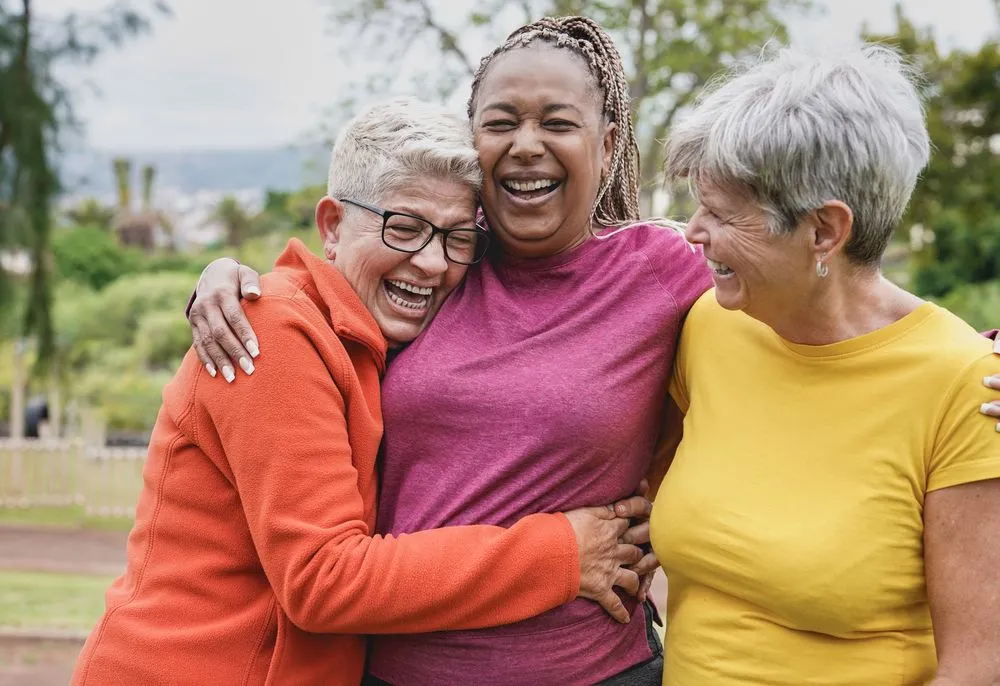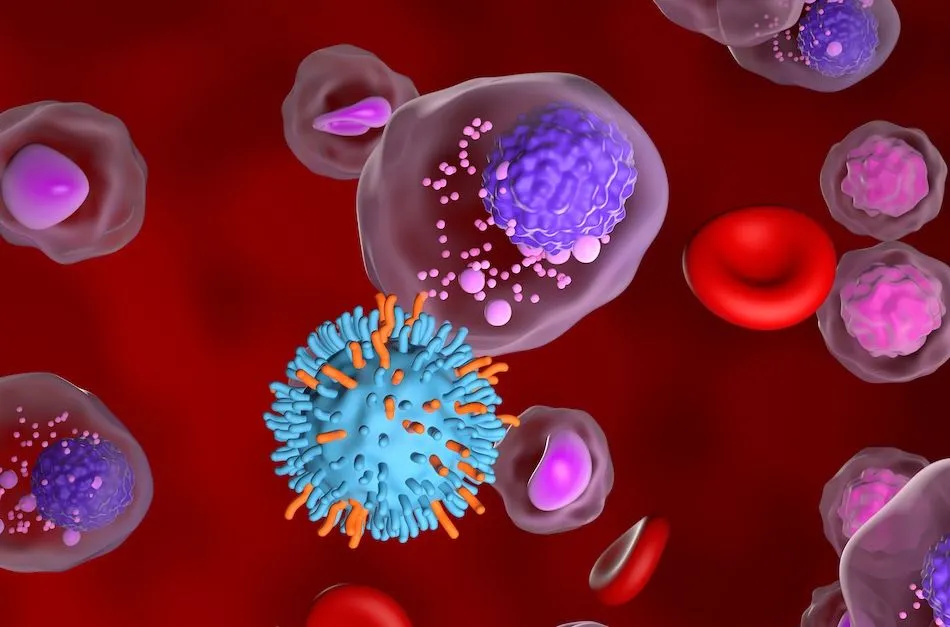HealthTree University: Autologous Stem Cell Transplant (Part 2 of 3)

Autologous Stem Cell Transplant (ASCT) is a myeloma treatment that has stood the test of time, because it is widely considered safe and effective for a wide range of myeloma patients. Many consider a transplant as their first myeloma therapy, and those who don’t will probably still want to have the option later to do one. This series, taught by world experts on ASCT for multiple myeloma patients was created to teach you the ins and outs of ASCT to help you make the best decision for your best outcomes.
Below are some video excerpts from our HealthTree University curriculum to help you learn more about these important areas of your disease. We invite you to watch these, and also visit HealthTree University and creating a HealthTree account. By creating a HealthTree account, in HealthTree University you can:
- Save and keep track of your progress in the courses
- Get points for answering quiz questions
- Bookmark videos
- Take notes
- Earn prizes [COMING SOON]
- And get access to all the other incredible features of HealthTree!
7.06 - What is the process of ASCT? What is it like?
7.07 - What are the benefits and risks of inpatient vs outpatient transplant?
7.08 - What's involved in the stem cell collection process?
7.09 - When is the ideal time to collect stem cells? Should you treat to as deep of a response as possible prior to collecting stem cells?
7.10 - Do myeloma cells get included in the stem cell collection and infusion during ASCT?
We’d like to thank our faculty who donated their time in creating these videos, including:
- Aravind Ramakrishnan, MD of St. David's South Austin Medical Center
- Joan Peery, Myeloma Patient
- Jesus Berdeja, MD of Sarah Cannon Research Institute
- Alexander Lesokhin, MD of Memorial Sloan Kettering Cancer Center
- Saad Usmani, MD, FACP of Levine Cancer Institute
- Philip McCarthy, MD of Roswell Park Comprehensive Cancer Center
- Muzaffar Qazilbash, MD of MD Anderson Cancer Center
Want more?
We have over 200 HealthTree University videos online at university.healthtree.org! Learn the basics (and the not-so-basics) of myeloma from some of the top myeloma doctors in the world!
Other HealthTree University Classes:
- Myeloma Basics Part 1
- Myeloma Basics Part 2
- Myeloma Basics Part 3
- Building Your HealthCare Team
- Becoming an Empowered Patient
- Starting Myeloma Treatment
- Autologous Stem Cell Transplant (ASCT)
- Precursor Conditions
- Relapsed and Refractory MM Treatment
- Myeloma Bone Disease
- Testing, Monitoring MM Markers
- [BETA] Multiple Myeloma Genetics and Precision Medicine
- Classes of Myeloma Drugs
- [BETA] COVID-19 and Multiple Myeloma
Autologous Stem Cell Transplant (ASCT) is a myeloma treatment that has stood the test of time, because it is widely considered safe and effective for a wide range of myeloma patients. Many consider a transplant as their first myeloma therapy, and those who don’t will probably still want to have the option later to do one. This series, taught by world experts on ASCT for multiple myeloma patients was created to teach you the ins and outs of ASCT to help you make the best decision for your best outcomes.
Below are some video excerpts from our HealthTree University curriculum to help you learn more about these important areas of your disease. We invite you to watch these, and also visit HealthTree University and creating a HealthTree account. By creating a HealthTree account, in HealthTree University you can:
- Save and keep track of your progress in the courses
- Get points for answering quiz questions
- Bookmark videos
- Take notes
- Earn prizes [COMING SOON]
- And get access to all the other incredible features of HealthTree!
7.06 - What is the process of ASCT? What is it like?
7.07 - What are the benefits and risks of inpatient vs outpatient transplant?
7.08 - What's involved in the stem cell collection process?
7.09 - When is the ideal time to collect stem cells? Should you treat to as deep of a response as possible prior to collecting stem cells?
7.10 - Do myeloma cells get included in the stem cell collection and infusion during ASCT?
We’d like to thank our faculty who donated their time in creating these videos, including:
- Aravind Ramakrishnan, MD of St. David's South Austin Medical Center
- Joan Peery, Myeloma Patient
- Jesus Berdeja, MD of Sarah Cannon Research Institute
- Alexander Lesokhin, MD of Memorial Sloan Kettering Cancer Center
- Saad Usmani, MD, FACP of Levine Cancer Institute
- Philip McCarthy, MD of Roswell Park Comprehensive Cancer Center
- Muzaffar Qazilbash, MD of MD Anderson Cancer Center
Want more?
We have over 200 HealthTree University videos online at university.healthtree.org! Learn the basics (and the not-so-basics) of myeloma from some of the top myeloma doctors in the world!
Other HealthTree University Classes:
- Myeloma Basics Part 1
- Myeloma Basics Part 2
- Myeloma Basics Part 3
- Building Your HealthCare Team
- Becoming an Empowered Patient
- Starting Myeloma Treatment
- Autologous Stem Cell Transplant (ASCT)
- Precursor Conditions
- Relapsed and Refractory MM Treatment
- Myeloma Bone Disease
- Testing, Monitoring MM Markers
- [BETA] Multiple Myeloma Genetics and Precision Medicine
- Classes of Myeloma Drugs
- [BETA] COVID-19 and Multiple Myeloma

about the author
Cynthia Chmielewski
Cynthia (Cindy) Chmielewski is a professional educator and myeloma advocate. As a former teacher, she now teaches myeloma patients how to advocate for themselves as the Director of HealthTree University. You can follow her on Twitter @myelomateacher
More on HealthTree Programs
Trending Articles
Upcoming Events




Get the Latest Multiple Myeloma Updates, Delivered to You.
By subscribing to the HealthTree newsletter, you'll receive the latest research, treatment updates, and expert insights to help you navigate your health.
Together we care.
Together we cure.
3x Faster.













